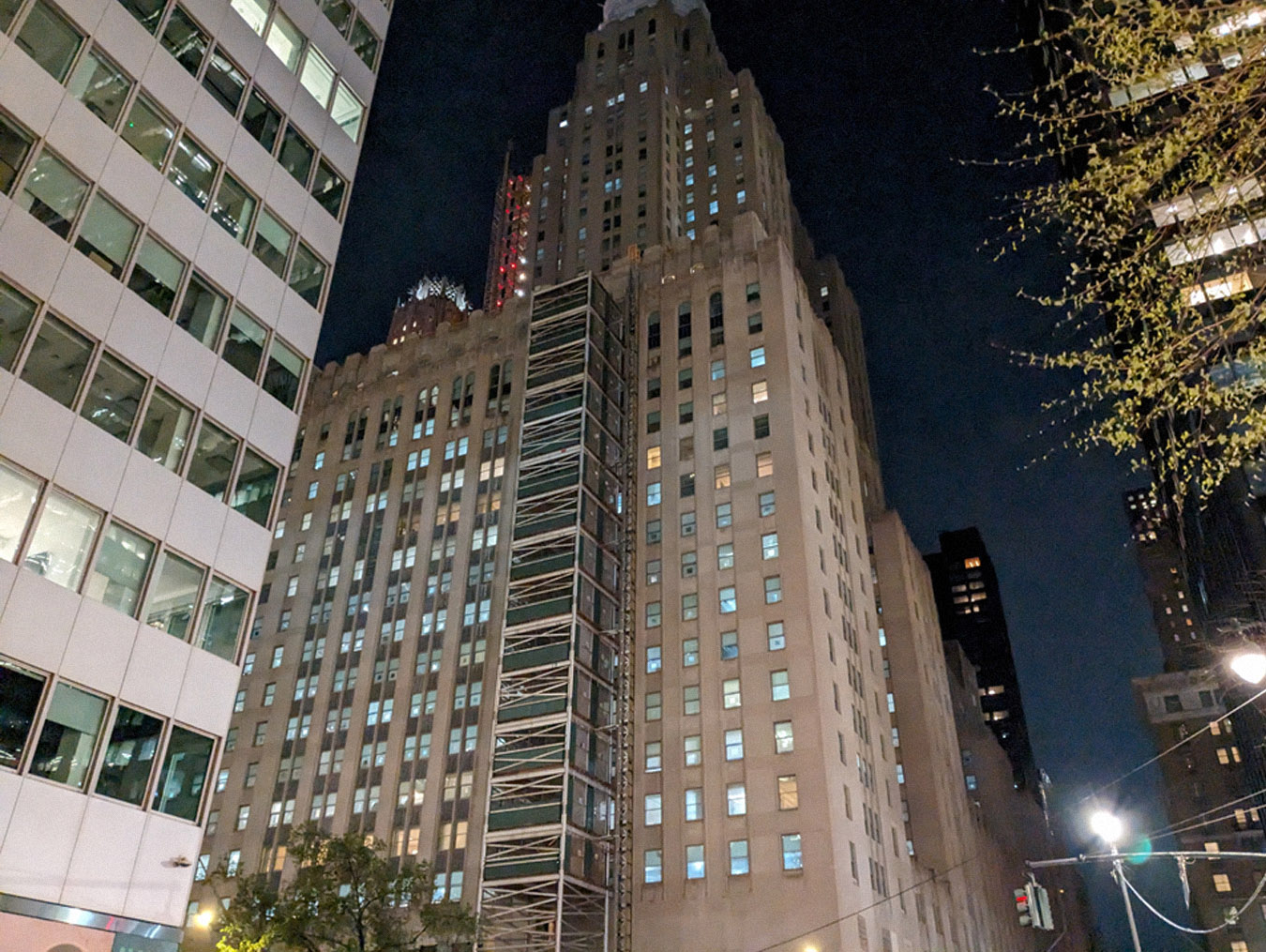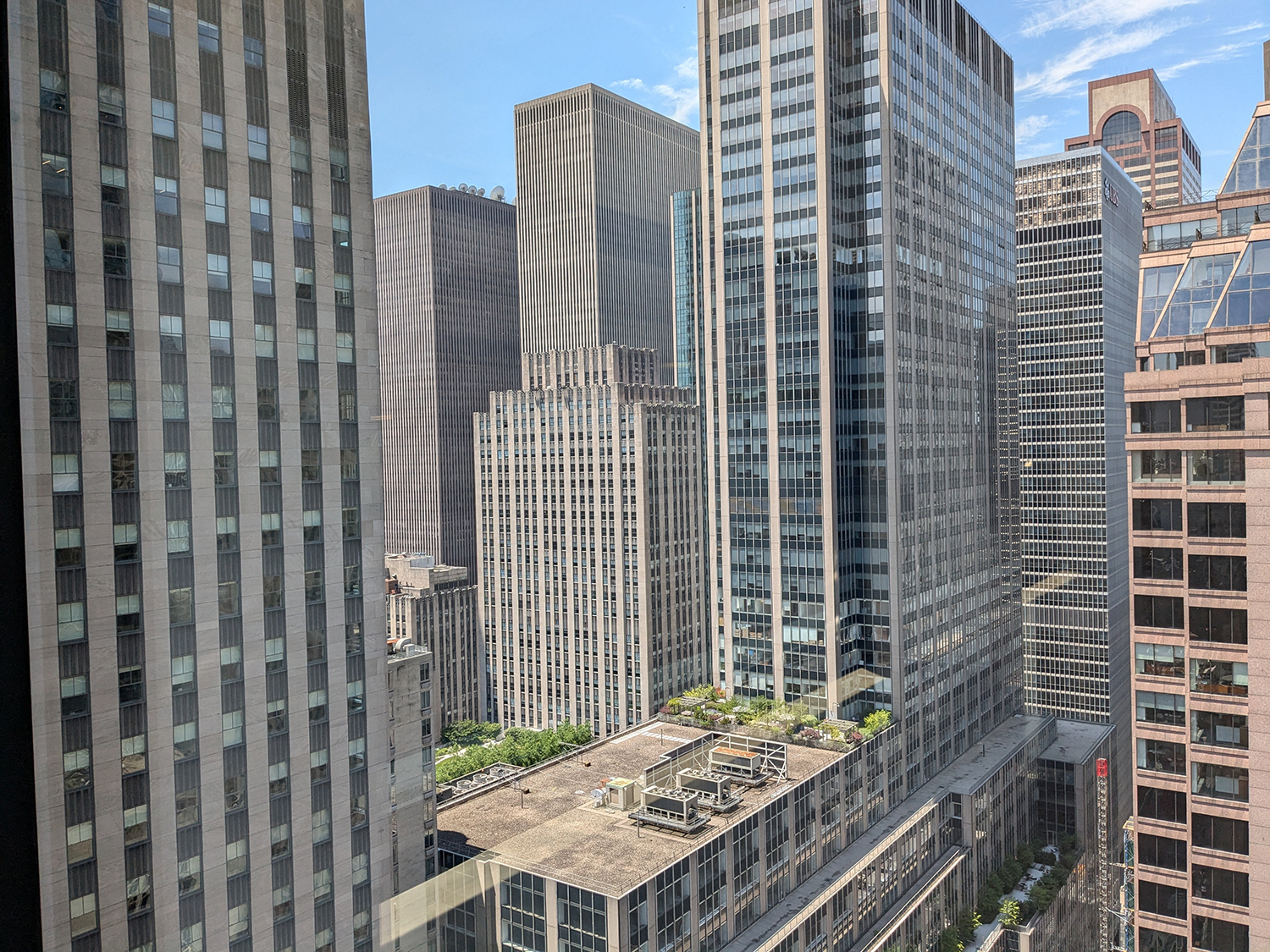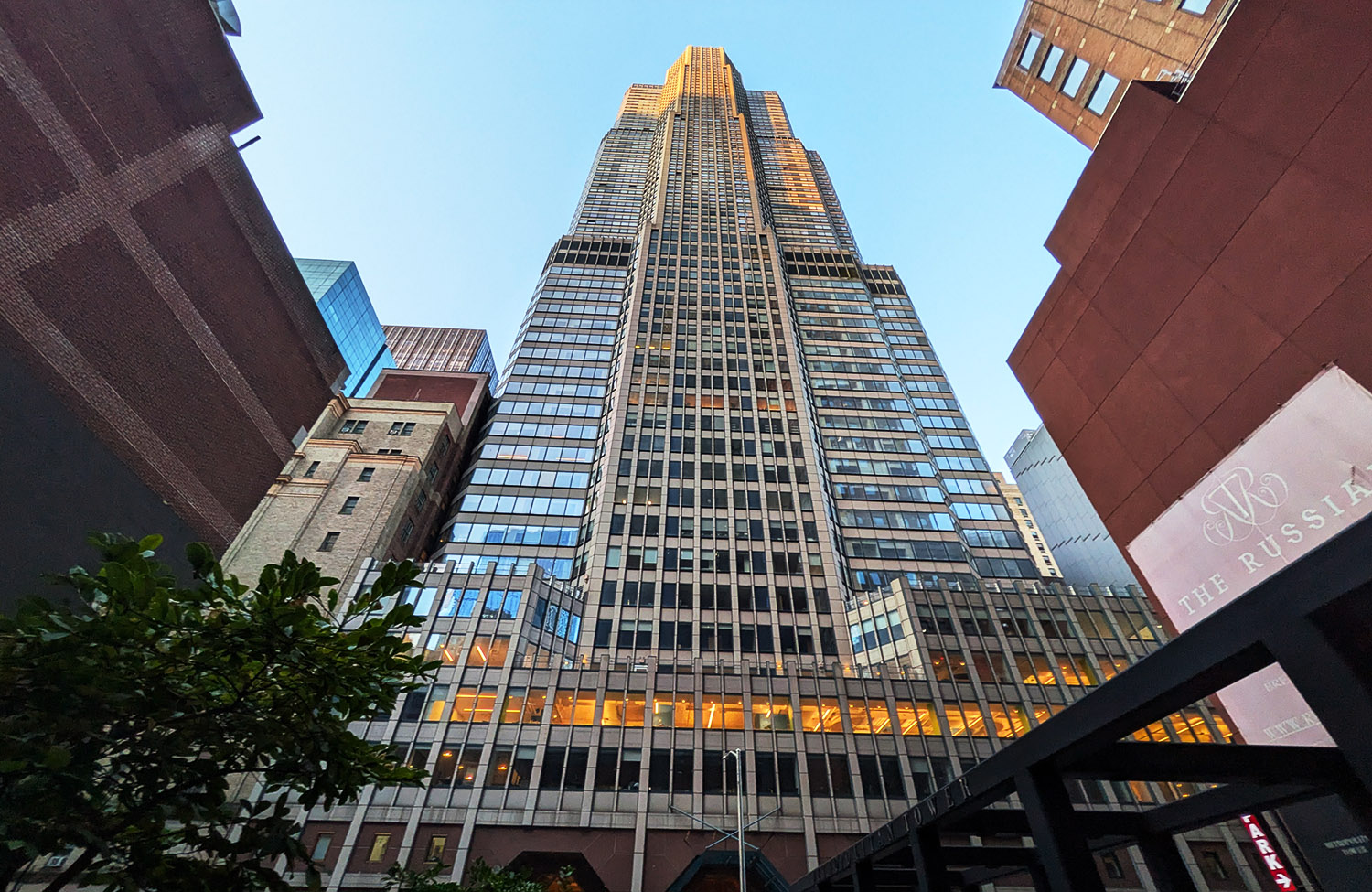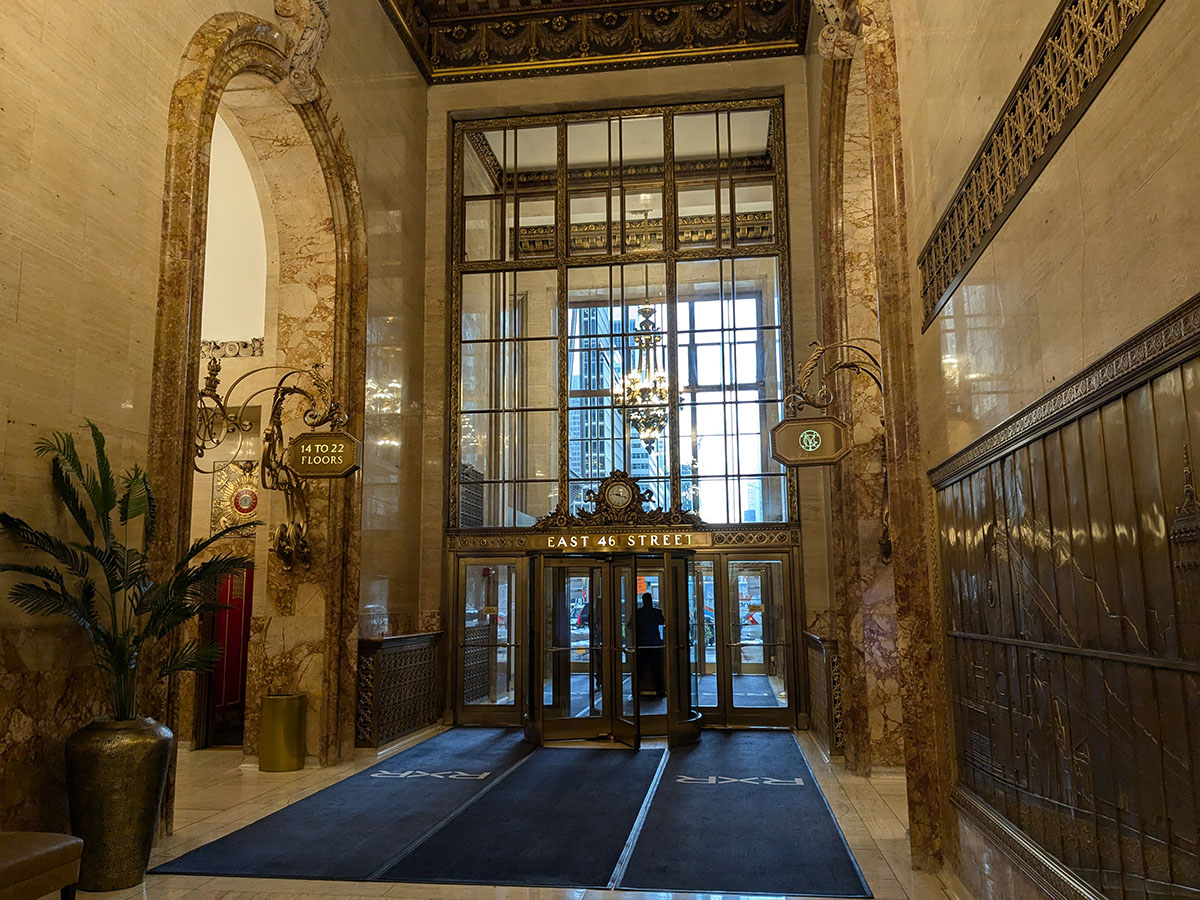To expand on and complete our previous post discussing “Direct Operating Escalations”, the article below lists and explains the cost items that are customarily categorized as an included item in direct operating expenses and those items that are excluded from direct operating expenses; or more simply, Inclusions and Exclusions.
The key to negotiating a good operating expense clause in a lease is to know what items are included and excluded and also the logic for their respective categorization. In order to determine what is included or excluded, one must first know the definition of “operating expense”. An operating expense is a cost incurred as a result of the daily operation and maintenance of the building. If not negotiated properly, the tenant may be charged for expenses that are associated with structural changes to the building that will endure beyond the tenure of the current tenant; that is, costs not related to the operation or maintenance of the building.
The cost items that are customarily included in operating expenses are:
- air-conditioning, ventilation, and heating;
- interior and exterior cleaning and rubbish removal, including supervisory fees of Landlord’s Agent;
- window washing;
- elevators;
- hand tools and other movable equipment;
- porter and matron service;
- electricity, gas, oil, steam water rates, sewer rents and other utilities association fees and dues;
- protection and security services;
- compliance with any agreement with any Governmental Authority;
- insurance premiums;
- supplies;
- wages, salaries, disability benefits pensions, hospitalization, retirement plans, severance packages and group insurance for Landlord an Landlord’s Agent, up to and including the level of building managers and their immediate supervisors;
- uniforms and working clothes for such employees and the cleaning thereof;
- payroll, social security, unemployment and other similar taxes with respect to such employees;
- sales, use, and similar taxes;
- vault charges;
- franchise and license fees;
- charges of independent contractors performing work in connection with the operation, maintenance, and repair of the Building;
- legal accounting and other professional fees of Landlord and Landlord’s Agent;
- landscaping costs;
- management fees, or if no management fee is being charge, and imputed management fee; and
- the annual depreciation or amortization, on a straight-line basis over such period as Landlord shall reasonably determine (with interest on the unamortized portion at the Base Rate), of any capital costs incurred after the Base Expense Year for any equipment, device or other improvement made or acquired with is either (a) intended as a labor-saving measure or to effect other economies in the operation, maintenance or repair of the Building (but only to the extent that the annual benefits anticipated to be realized therefrom are reasonably related to the annual amounts to be amortized) or (b) required by any Requirement other than any Requirement in effect as of the date of execution and which Landlord is then obligated to be in compliance but which Landlord is not then in compliance.
Operating expenses shall not include:
- Real Estate Taxes, unincorporated business taxes, inheritance taxes imposed upon or measured by the income or profits of the Landlord;
- (except for depreciation and amortization specifically provided for with respect to Chargeable Capital Improvements, the cost of any item which is, or should in accordance with GAAP be, capitalized on the books of the Landlord;
- the cost of any electricity furnished to the Premises or any other space in the Building demised to other tenants;
- the cost of any work or service performed for any tenant of space in the Building (including the Tenant) for which such tenant is obligated to reimburse the Landlord in addition to and separately from such tenant’s obligation to pay its share of the Cost of Operation and Maintenance;
- the costs of building, installing, operating, maintaining or repairing any specialty facility such as a garage, luncheon, health or athletic club, restaurant, provided that the Cost of Operation and Maintenance with respect to any such facility may be included in the Cost of Operation and Maintenance if the tenant or occupant of such facility is obligated to pay its proportionate share of the Cost of Operation and Maintenance;
- advertising and promotional expenditures directly related solely to the leasing or sale or sale of space in the Building;
- any funds or money given to the Tenant or other tenants in cash by offset or otherwise or the cost of work done for other tenants, in each case, in connection with the leasing of space in the Building;
- brokerage commissions or finder’s fees or other expenses in connection with obtaining tenants for space in the Building;
- financing and refinancing costs in respect of any indebtedness of the Landlord, whether secured or unsecured, including legal and accounting fees and expenses, prepayment penalties and interest and amortization payments;
- rent and additional rent under any underlying lease (it being greed that any sums paid under any underlying lease (it being agreed that any sums paid under any underlying lease on account of items which would otherwise be included in the Cost of Operation and Maintenance, are not excluded from the Cost of Operation and Maintenance even if denominated a “rent” under any underlying lease);
- costs incurred in connection with the making or enforcement of leases or resolution of disputes with tenants, including, without limitation, court costs and attorneys’ fees and disbursements in connection with any summary proceedings to dispossess and tenant;
- depreciation and other non-cash charges (other than with respect to chargeable Capital Improvements as set forth in the lease);
- the cost of any services or other benefits which are supplied to other tenant in the Building at the Landlord’s expense, to the extent that such service or benefit is materially in excess of any service or benefit that the Landlord is obligated to furnish the Tenant under the lease at Landlord’s expense;
- the rental cost of any item which, if purchased, would not properly be considered to be part of the Cost of Operation and Maintenance;
- the costs of restoration of the demised premises or the Building after any casualty loss, damage or destruction to the extent (a) reimbursed by insurance that the Landlord is obligated to carry hereunder and (b) in excess of the amount attributable to any deductible thereunder;
- the costs of construction of any addition to the Building that are required to be capitalized in accordance with GAAP (other than Chargeable Capital Improvements); and
- expenses for repairs or maintenance to the extent the Landlord is reimbursed from or pursuant to insurance or condemnation proceeds, warranties, service contracts or otherwise.
When negotiating the operating expense clause, it’s best to have a real estate consultant, an accountant, and a real estate attorney all review the final operating expense clause.







